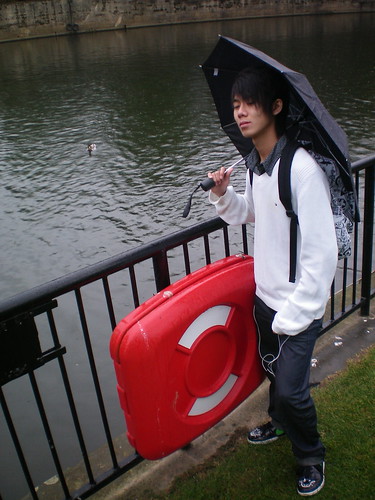- Fiscal policy is one of 3 main economic policies that governments use to influence economic activity. the fiscal policy covers the taxation and spending decisions of a government. their aim is to influence AD( aggregate demand).
Progressive tax: a tax that takes a higher percentage from the income of the rich.
Regressive tax( VAT): a tax that takes a greater percentage from the income of the poor. These are 2 types of taxes that is the most important tax revenue in the UK.
Government spending can be divided into:
- Capital expenditure, which is hospitals, schools, roads, etc...
- Current spending, which is public services, medicines, teaching's pay, etc...
- Transfer payments, which is money transferred from the taxpayers.
- Debt interest payment,which is payment made to the holders of government debt.
Monetary policy: central bank and/or government decisions on the rate of interest, the money supply and the exchange rate.
- The monetary policy and the fiscal policy are both seek to influence AD
- if the Monetary policy and the Fiscal policy seek to influence AD, supply-side policy aim to influence AS.
- Fiscal policy and Monetary policy can be reduced the unemployment by cutting taxes and increase the government spending, it leeds to the AD increase, then more jobs are created.
- The Supply-side policy can be implemented to increase economic incentives and the quality of labour services offered by the unemployed.
- Cost push inflation: increases in the price level caused by increases in AD
- demand full inflation: Increases in the price level caused by increases in the cost of production.
- Cost push inflation: if the government believes that inflation caused by increase in wages rate, they'll try to restict the wage rise, they can also try to lower firms' cost by reducing corporation tax.
- Demand pull inflation: to reduce demand pull inflation, a government could, for instance, raise income tax, it make the people ability to spend.
- in short run: the government could use the Fiscal policy and Monetary policy to increase the AD.
- in long run: the government try to increase in country's output which is using the supply side policy to increase the AS.
- in short run: there are 3 main ways:
- exchange rate adjustment
- deflationary demand management
- import restrictions
- in long run: implement supply side policy, the government may give subsidies to infant industries in the belief that they have the potentail to grow and become internationally competitive.



















 if you read the news, you'll see the natural calamity is affect a lot to the South East Asia countries( such as Vietnam, Indonesia, Philippine...). Especially, it happen at the same time or the day near it. it killed a lot of people and destroy a lot of houses. such as the
if you read the news, you'll see the natural calamity is affect a lot to the South East Asia countries( such as Vietnam, Indonesia, Philippine...). Especially, it happen at the same time or the day near it. it killed a lot of people and destroy a lot of houses. such as the 